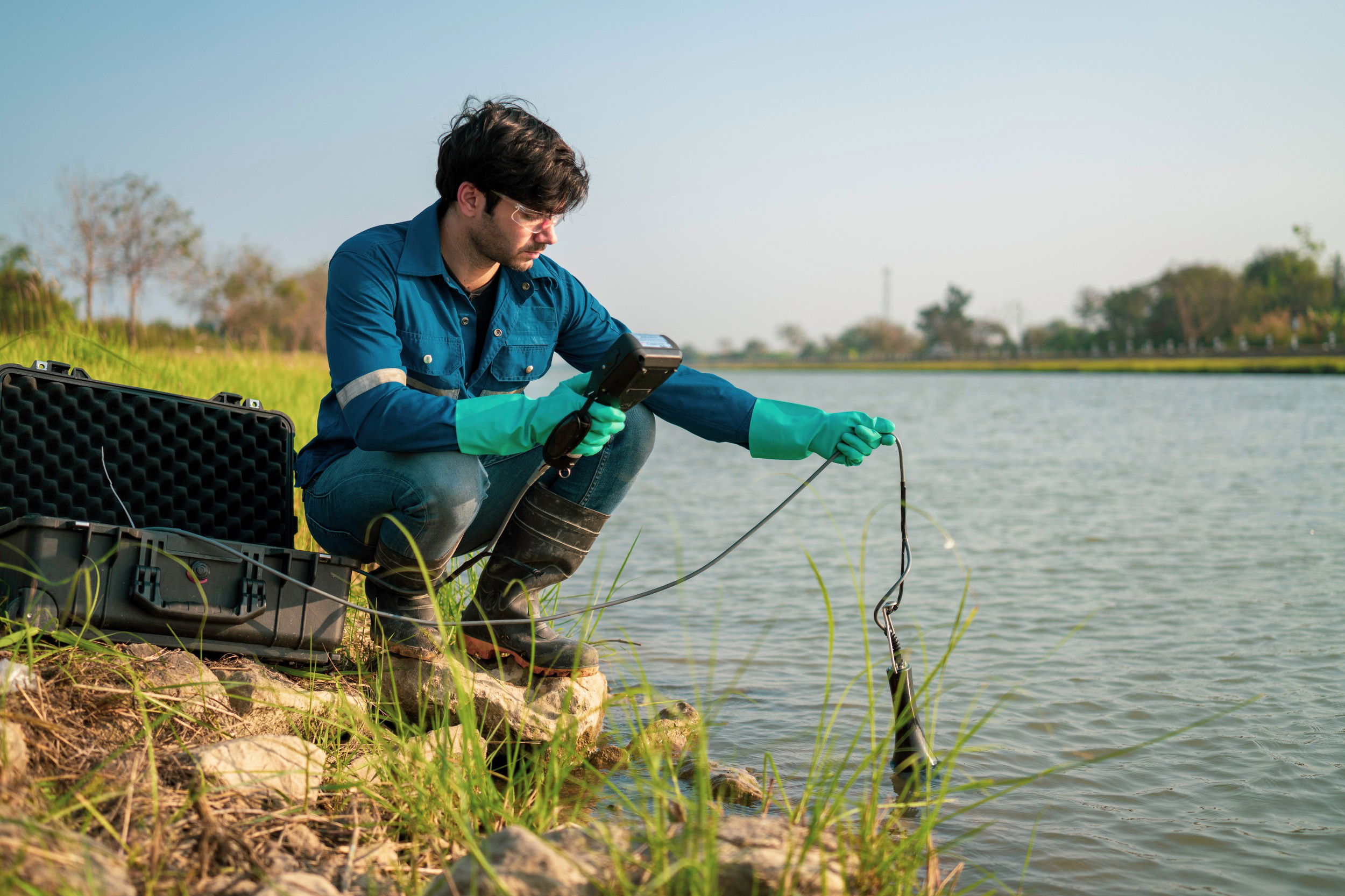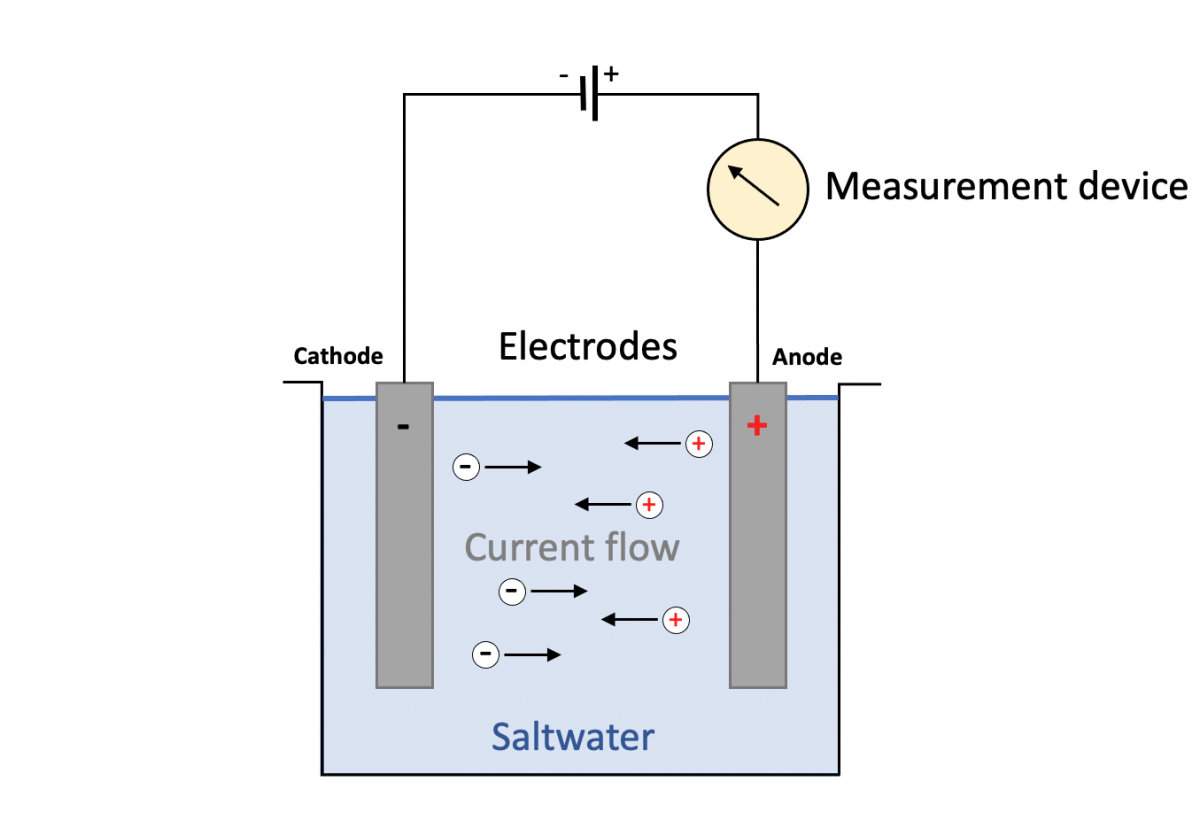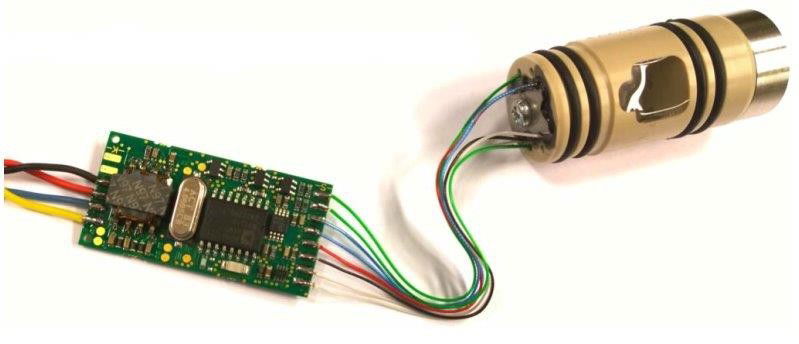CTD – The Three Parameters
06. September 2022

The supply of clean drinking water and guaranteeing its quality and quantity is becoming a more acute, important and costly issue.
To record parameters from a body of water, in addition to the most measured parameters such as determining the water level and temperature, other measured variables must also be determined, e.g. conductivity. Conductivity is a good indicator of water cleanliness and an important parameter in the supply of drinking water.
A CTD level probe can be used to measure and monitor the quality and quantity of drinking water.
The acronym «CTD» stands for conductivity, temperature and depth and is determined by the following sensor elements:
- Conductivity sensor (Conductivity)
- Temperature sensor PT1000 (Temperature)
- Pressure sensor (Depth)
Since these parameters are directly dependent on each other, KELLER incorporates three sensors into one device to provide compensated and thus highly accurate measured values.
Conductivity
Some media or substances, such as water, can transmit heat, sound, or electricity. The more dissolved ions (e.g., chlorides, sulfates, or carbonates) there are in a substance, the higher its electrical conductivity.
Thanks to the high number of dissolved ions, sea or salt water, has a conductivity many times higher than conventional drinking or fresh water. Carefully distilled water, on the other hand, contains very few to zero dissolved ions, which prevents the transportation of electrical current in the water.

Conductivity Measurement
Conductivity at KELLER is determined by six titanium electrodes. The electrical current flow between the electrodes immersed in a medium is measured. The greater the current flow, the higher the conductivity.
Conductivity sensors for water bodies measure from a few micro-siemens per centimeter (µS/cm) to about 200 mili-siemens per centimeter (mS/cm).

Conductivity Probe
Following some example values:
- Distilled water 0,05 µS/cm to 1 µS/cm
- Drinking water 300 µS/cm to 800 µS/cm
- Seawater approx. 50 mS/cm
Temperature
Temperature changes in a substance also mean a change in conductivity. This means that at higher temperatures the number of dissolved ions and their mobility increases significantly, i.e., the conductivity increases.
The temperature can be read out as an independent measuring value, but at KELLER it is used to compensate the other parameters . The PT1000 temperature sensor is located directly next to the titanium electrodes, so the temperature and conductivity are measured at the same point.
Depth
The water depth is determined by the difference between the surface and the immersion depth. In measurement technology one refers to the so-called water column. For example, a water column of 10 m corresponds to a pressure difference of approx. 1 bar.
There are two different measuring methods available. Which is used depends on the application:
- Absolute pressure (related to vacuum)
- Relative pressure (related to ambient pressure)
The advantages and disadvantages are described in more detail in our blog hydrostatic measurements.
CTD multiparameter probe and multiparameter logger from KELLER
Our multiparameter probe series 36XiW-CTD and our multiparameter loggers' series DCX-22-CTD / DCX-22AA-CTD combine all above mentioned measurement in one device.






